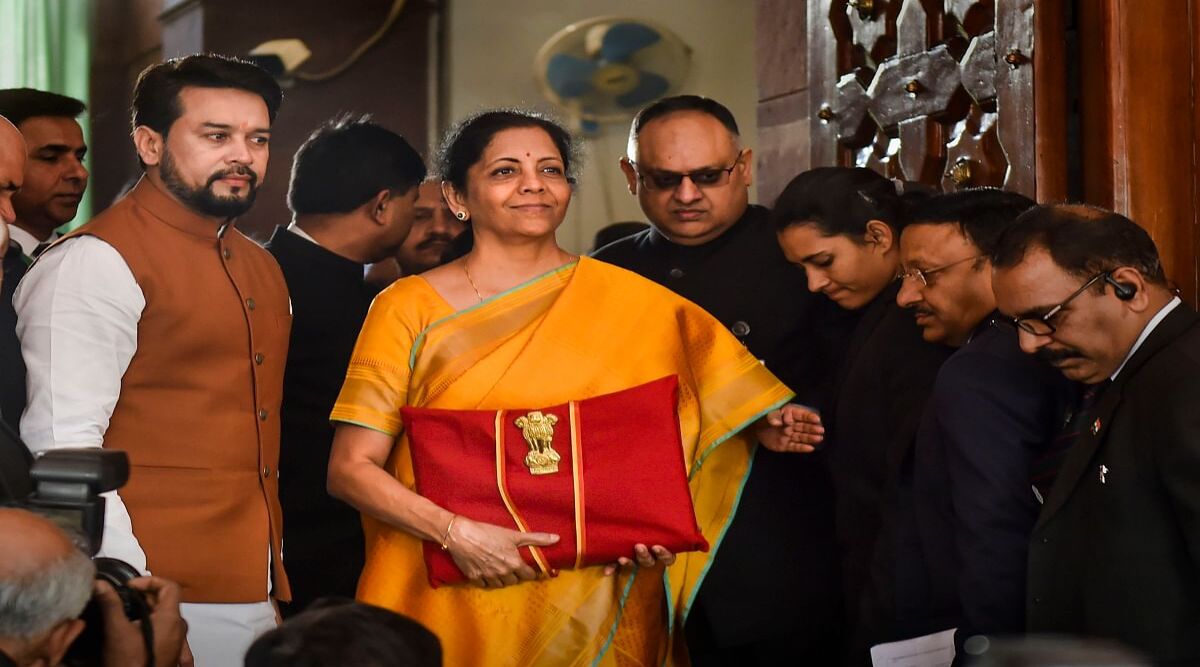By Rajat Bose and Neeladri Chakrabarti
The conflict in jurisprudence in relation to the refund of credit on Inverted Duty Structure (IDS) reached its peak in the year 2021. IDS refunds are prescribed in Section 54 (3) of the Central Goods and Service Tax (‘CGST’) Act and the first proviso to the said section provides that IDS refund shall not be allowed in cases other than [among others] where the credit has accumulated on account of rate of tax on inputs being higher than the rate of tax on output supplies (other than nil rated or fully exempt supplies). The corresponding CGST Rule 89(5) provides a formula to calculate the maximum of refund, in case of IDS refund applications.
The link between the Section and the Rule and the use of the word ‘input’ was the seed that reaped the whirlwind. The formula prescribed only takes into account ‘inputs’ – that is tax paid on goods and negates ‘input services’ [tax paid on services], that are often subject to a higher rate of tax. Whether the omission of ‘input services’ in the Section was a deliberate act, or whether the intent of the Section encompassed both goods and services [on account that working capital is blocked on both accounts] became the melting pot of judicial interpretation.
The Gujarat High Court in VKC Footsteps [2020 (7) TMI 726] held that the formula in Rule 89(5) was contrary to the intent of Section 54 (3) and further to the definition of ‘input tax’ in Section 2(62) of the CGST Act. Hence, it held that Rule to be ultra vires the Section and the CGST Act. On the other hand, the Madras High Court in M/s TVL Transtonnelstroy Afcon [2020 (9) TMI 931] held that Section 54(3) imposes both a restriction on the class of persons entitled to refund and also the source of refund and quantum thereof. Hence, the formula was in conformity to the Section and CGST Act. The Court also noted the distinction in the explanation in Section 54 where for exports, refund is allowed for both inputs and input services, but for the domestic supplies, input services has been intentionally omitted, thus in a sense confirming the above intent on the source of refund.
The matter was referred to the Supreme Court and the Apex Court in its judgement in UOI v VKC Footsteps [2021 (9) TMI 626 -SC] made the following observations, among others, with reasoning to uphold the vires of Rule 89(5) and Section 54 (3) of the CGST Act:
- Restriction imposed in Section 54(3) lies within the realm of policy as the legislative intent seems that the equivalence between goods and services should be progressively realized.
- The first proviso to the Section is not merely a condition of eligibility but a substantive restriction wherein refund of unutilized input tax credit can be availed. viz. the tax on input goods being higher than the rate of tax on output supplies.
- The most significant observation of the Supreme Court was agreeing that there was an anomaly in the formula for refund. It was pointed out that there seemed to be an inequality in the formula for IDS refund between taxpayers [with goods only involving IDS] and taxpayers who have goods with both IDS and non-IDS. The formula [(Net ITC on inputs* Turnover of invertedly rated output supplies/ Total turnover)- GST payable on invertedly rated output supplies], restricts the factoring of input tax credit utilization of input services vis-à-vis invertedly rated output supplies and thus curtails the admissible refund [it assumes that input credit of only goods is utilized]. However, the Apex Court held that in judicial review, it cannot step into the shoes of the legislature and put the onus on the GST council to take a policy decision to correct the anomaly and come up with a new formula.
The inevitable question now is what lies ahead. The Supreme Court has taken the plain vanilla interpretation of GST law and almost taken a cop-out in the judgement, while offering a crumb of hope in recognizing the anomaly. As a result of the judgement, significant working capital relating to input services will be blocked in the industry where IDS is prevalent. Further, the GST Council has not given its comments, till date, on the re-working of the formula leading to more trepidation in the industry.
An important ask in the Budget 2022 is therefore the introduction of a new formula for IDS refunds. Further, any refund applications, which may have been sanctioned on the basis of the judgement in VKC footsteps of the Gujarat High Court should be allowed to stand and no recovery instigated with interest liability. Also considering the quantum of input credit in input services involved in businesses, the Government could well reflect on taking a legislative step and include the same within the purview of IDS refunds. That would be the real morale booster to the industry already reeling from business disruption.
(By Rajat Bose is Partner and Neeladri Chakrabarti is Consultant at Shardul Amarchand Mangaldas & Co. The views expressed are the authors’ own.)


























